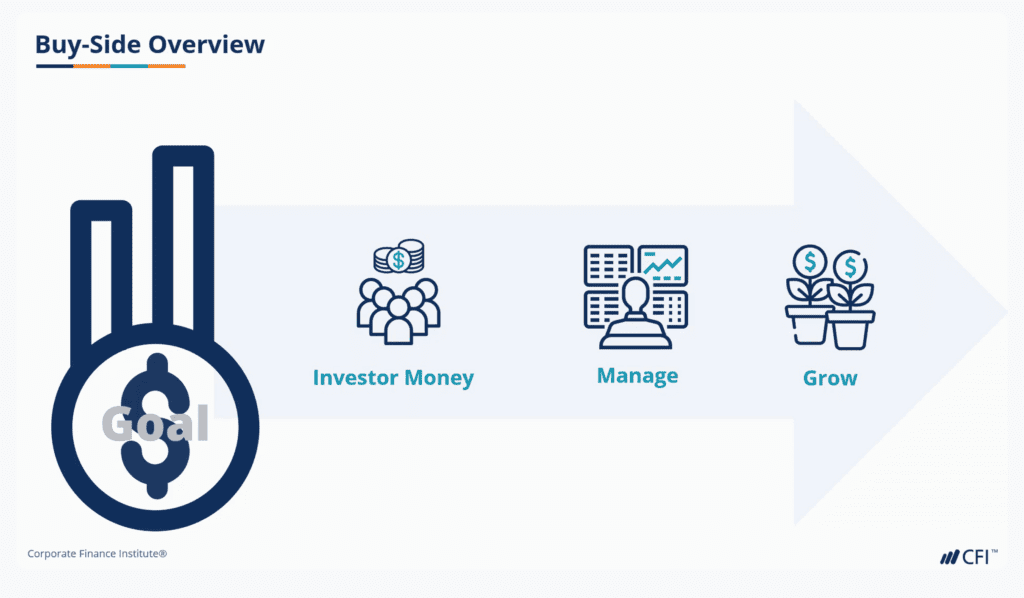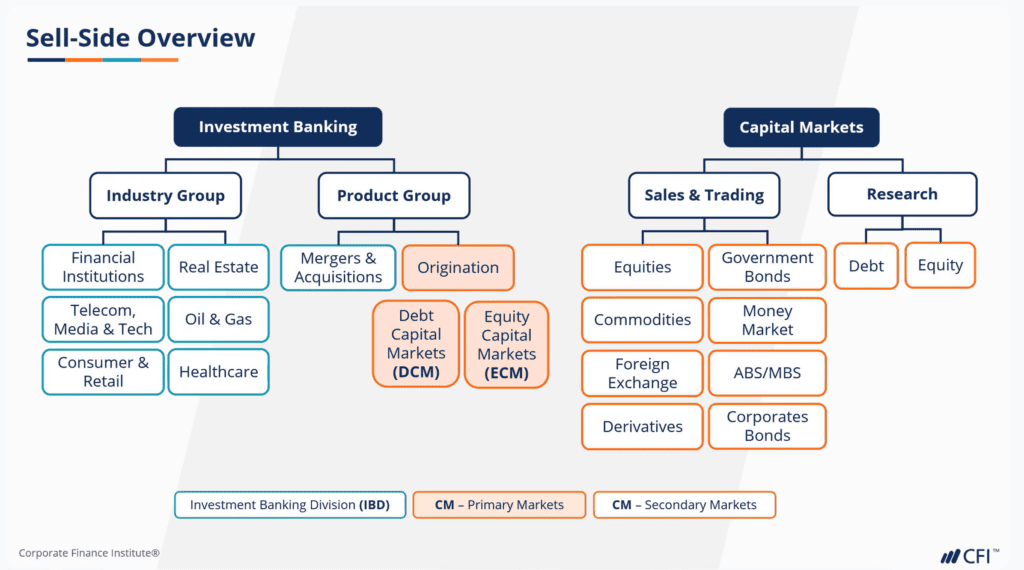

Investment research is the bedrock of informed financial analysis. It involves a detailed examination and analysis of various financial instruments, markets, and economic trends to aid investors in making investment decisions. This process empowers investors and institutions alike to allocate their capital effectively, maximize returns, and mitigate risks.
Investment research analyst is a broad term, and the exact nature of the role can differ significantly. However, all roles involve working as a financial detective, using financial statements, economic indicators, and financial market and industry trends to generate comprehensive research reports. These reports serve as valuable guides for investors, helping them make informed decisions about allocating their funds.
The roots of investment research can be traced back centuries. The Dutch East India Company, established in the 17th century, is often considered the precursor to modern corporations, marking the beginning of institutional investments. However, formalized investment research gained momentum in the 20th century with the advent of stock exchanges and the increasing complexity of financial markets.
Over time, investment research evolved to incorporate various disciplines such as economics, statistics, and behavioral psychology. In the mid-20th century, the establishment of the Chartered Financial Analyst (CFA) designation brought a standardized framework for professional excellence in investment analysis.
Investment research analysts play a pivotal role in the financial services industry. These professionals are responsible for conducting extensive research on equity and fixed income markets, companies, industries, and economic trends. By leveraging their analytical skills, investment research analysts provide insights into potential investment opportunities and risks.
Investment research analysts, often abbreviated to just research analyst, are usually divided into two groups, based on the type of institution they work for. These two groups are referred to as the buy side and the sell side.
The primary distinction between a buy-side and sell-side research analyst lies in their clientele and objectives. Buy-side analysts focus on optimizing their firm’s investment portfolio performance, while sell-side analysts cater to external clients.
Buy-side analysts work for institutional investors, asset managers, hedge funds, pension funds, and mutual funds. Buy-side firms are actively involved in buying and selling securities such as stocks and bonds on behalf of their clients or shareholders, who are the ultimate asset owners. While portfolio managers will ultimately make the decision to invest in or sell a security, they rely on the detailed information provided to them by their research analysts to achieve their investment objectives.
Buy-side analysts conduct in-depth research to identify promising investment opportunities aligned with their fund’s strategy and objectives. These funds may invest in the equity markets or fixed income markets, or they may invest in alternative markets, such as the commodities markets. Their research reports may also be focused on macroeconomic analysis, industry analysis, or portfolio construction, in order to help their portfolio managers to stay ahead of the competition.

Sell-side research analysts, on the other hand, work for institutions such as investment banks and brokerages. Their primary role is to communicate ideas in a detailed research report to either their buy side clients, their own salespeople, or to specialist groups within the finance industry, such as M&A advisory groups.
One of the key functions of sell-side analysts is to issue recommendations on whether to buy, hold, or sell particular securities, such as a stock or a bond. These recommendations carry weight within the market, influencing a broad range of investors. Sell-side analysts also play a critical role in investment banking activities, by researching and providing analysis that is then used for initial public offerings (IPOs).

A research analyst will have a specific area of expertise that they focus on, known as their “coverage.” This allows them to become experts in that particular area and add value to any investor that uses their research. Typical areas of coverage include:
While not mandatory, many investment research analysts pursue the Chartered Financial Analyst (CFA) designation to enhance their credibility and expertise. The CFA program covers a broad spectrum of financial topics, including ethics, economics, and portfolio management. Earning a CFA charter signals a commitment to high professional standards and can open doors to advanced career opportunities in investment research.
The primary benefit of investment research is the ability to make well-informed decisions based on financial data. Investors armed with thorough research can better navigate the complexities of financial markets, identify profitable trading strategies, and steer clear of potential market pitfalls.
Investing always carries inherent risks, but investment research serves as a risk management tool. By thoroughly understanding the market dynamics and individual assets, investors can mitigate potential risks and navigate market volatility, safeguarding their capital.
A well-researched investment strategy increases the likelihood of maximizing returns. Investment research analysts aim to uncover undervalued assets and predict market trends, enabling investors to capitalize on opportunities for growth.
Diversification is a cornerstone of many investment strategies. Investment research aids in identifying a diverse range of assets, spreading risk, and optimizing the balance between potential returns against potential risk.

The integration of artificial intelligence (AI) into investment research has revolutionized the research landscape. Emerging technologies, including machine learning tools and data science, have empowered analysts to process vast amounts of data rapidly and derive actionable insights.
Data scientists play a pivotal role in investment research. By employing advanced analytics, they uncover patterns, correlations, and predictive models that traditional methods might overlook. This enhances the accuracy of investment decisions and contributes to more robust portfolio management.
AI has proven particularly valuable in assessing credit risk. Machine learning algorithms can analyze an array of factors to evaluate the creditworthiness of individuals, companies, and even countries. This assists investment professionals in making more nuanced and precise credit-related decisions.
Staying ahead of industry trends is critical for anticipating future performance. AI algorithms excel at identifying patterns within large amounts of data and predicting potential market shifts. Investment research, enhanced by AI, empowers analysts to explore emerging markets, predict sector trends, and position portfolios for future success.
In conclusion, investment research helps to guide investors through the ever-changing landscape of financial markets. From the historical roots of market analysis to the current integration of AI, the evolution of investment research reflects the continuous need for deeper insights from data and more accurate predictions.
Thank you for reading this article on investment research. To learn more, see these additional relevant resources below:
Get Certified for Capital Markets (CMSA®)From equities, fixed income to derivatives, the CMSA certification bridges the gap from where you are now to where you want to be — a world-class capital markets analyst.